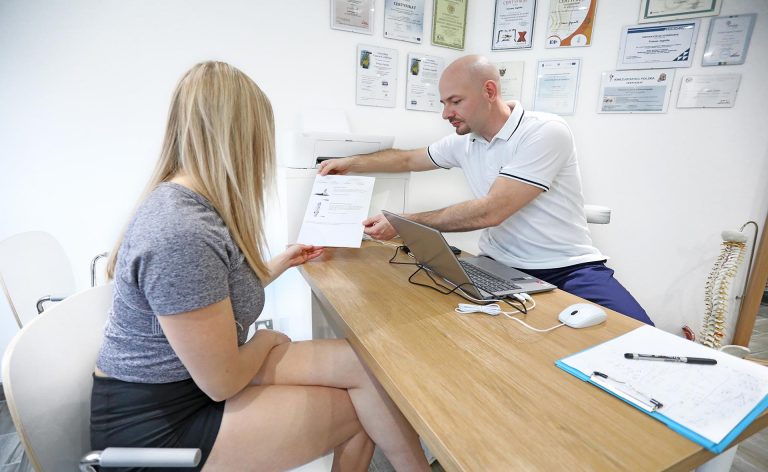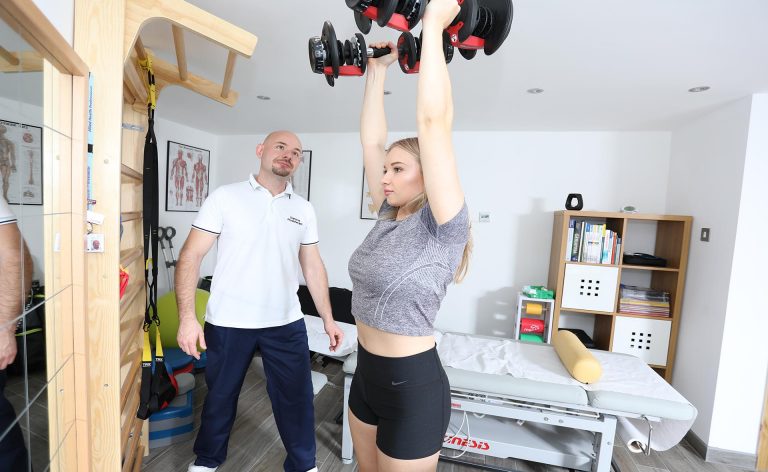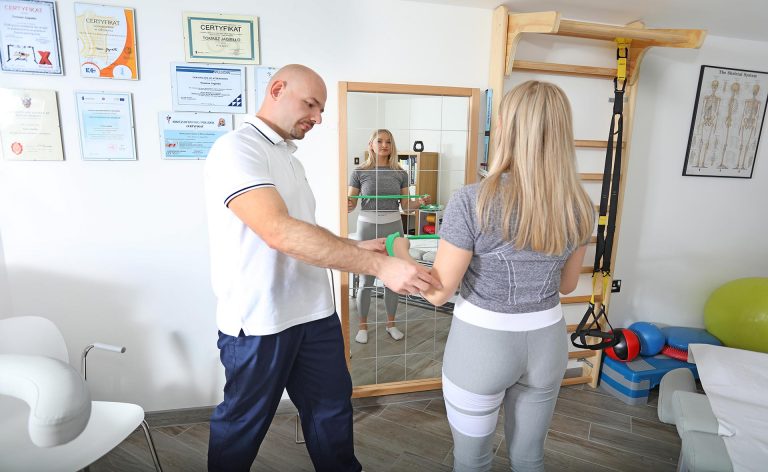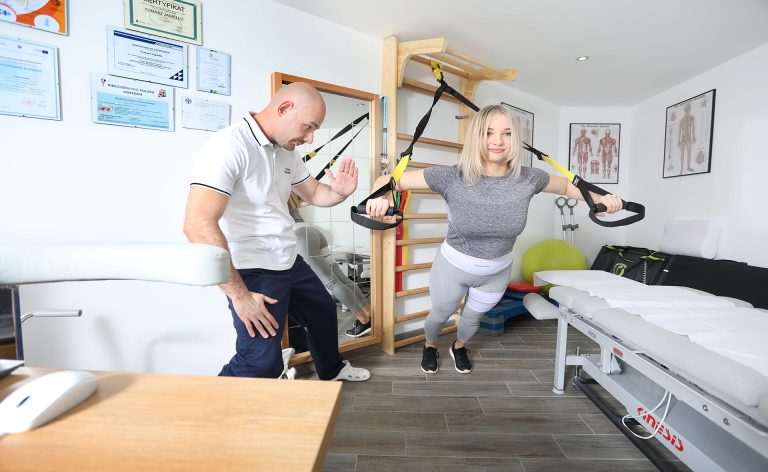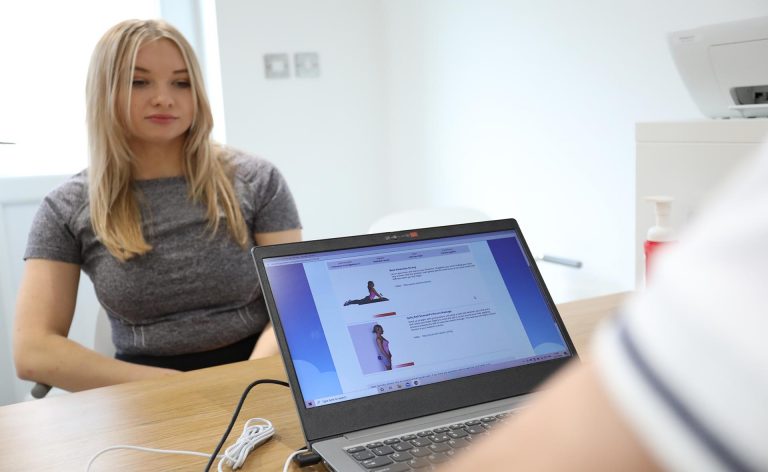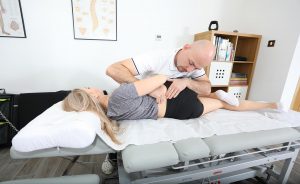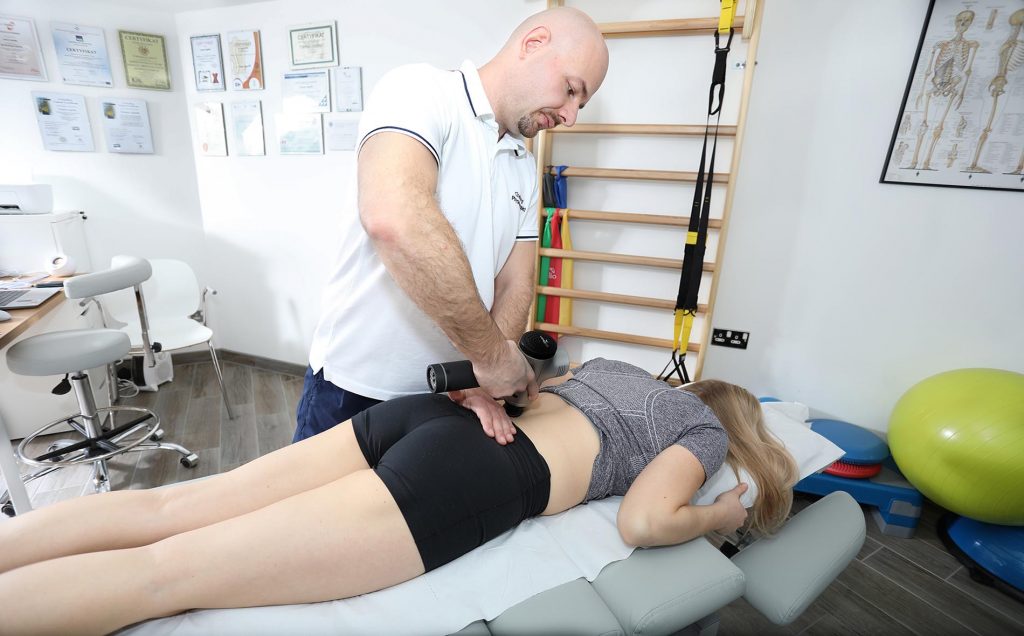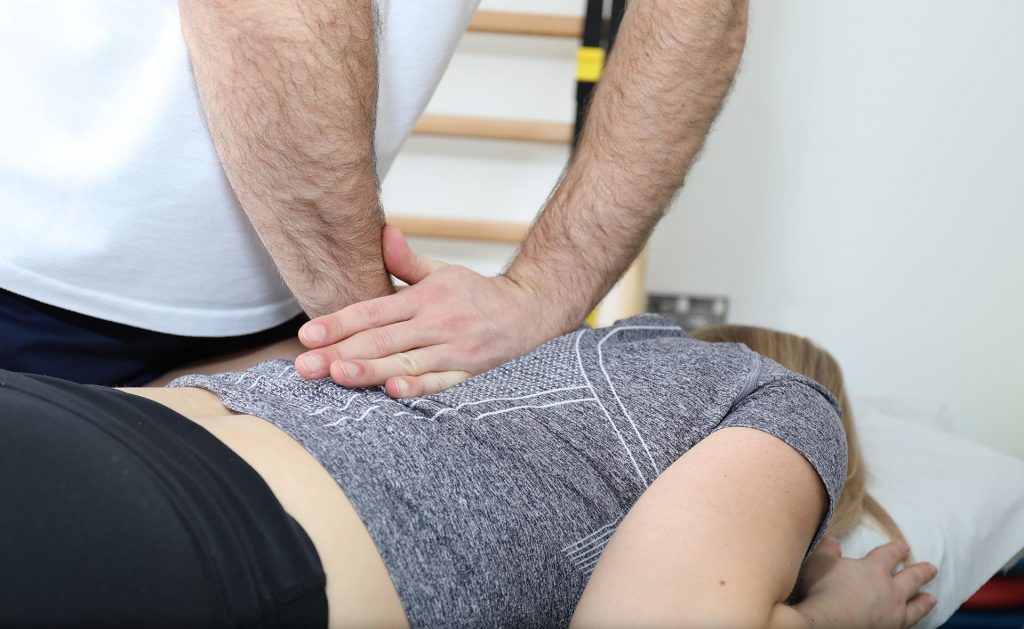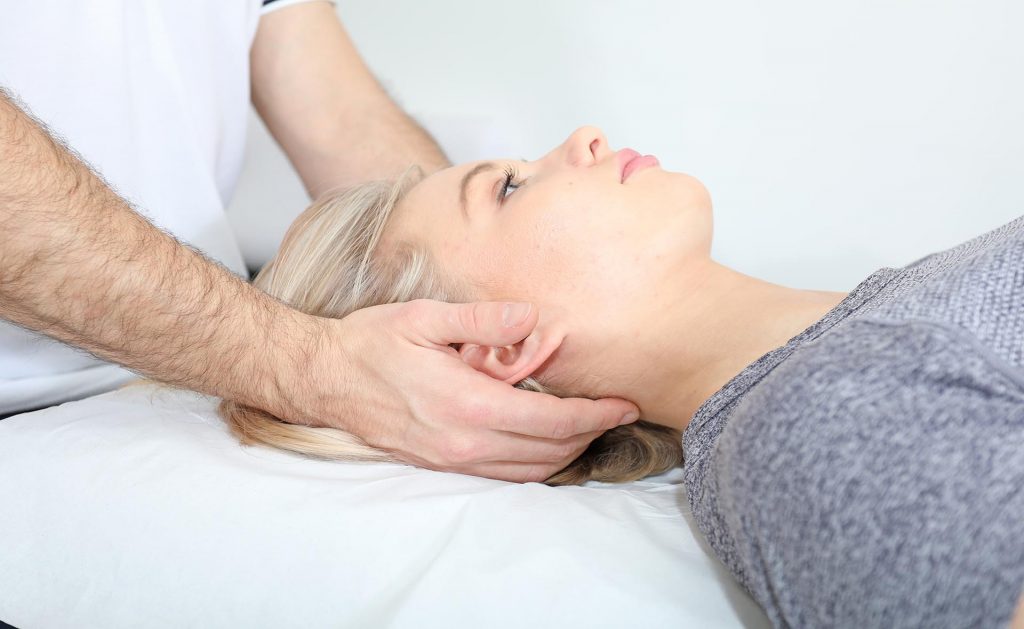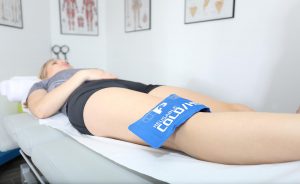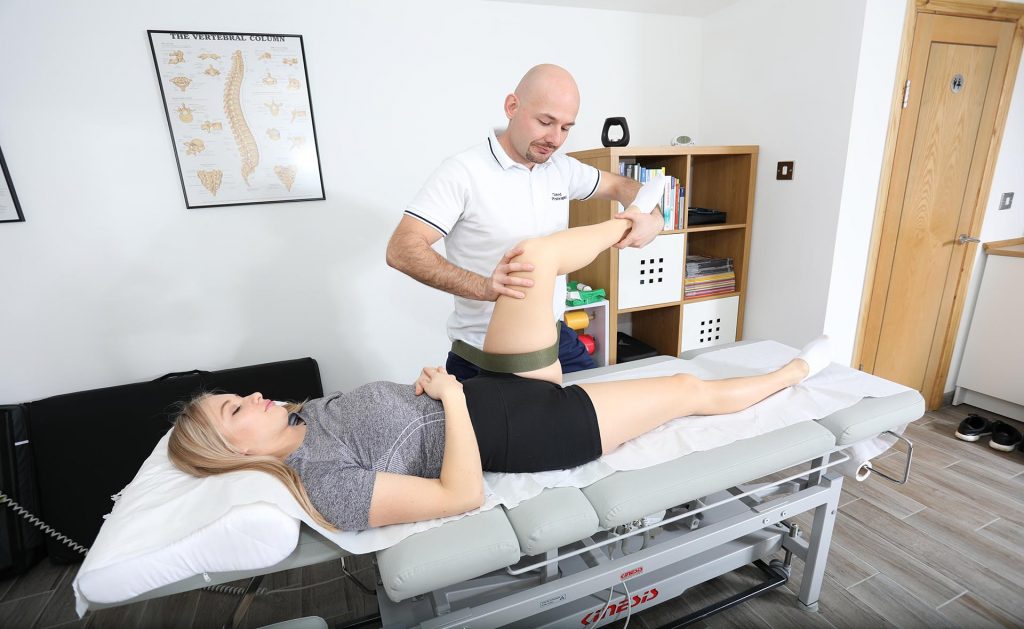Rehabilitation Exercises Southampton
PhysioCraft – physiotherapists in Southampton offer a variety of specialized rehabilitation therapies to treat patient’s injuries and condition health. Thanks to qualified personnel and experience, we can provide the highest quality physio therapy around Southampton.
Rehabilitation exercises Southampton
Man was made to move. Physical activity is fun; it gives the possibility of human interaction, reduces the risk of obesity, diabetes, and cardiovascular diseases. The world today encourages the change of movement patterns due to technological facilities, transport, or a sedentary lifestyle. That is why the World Health Organization (WHO) has issued guidelines on what and how much people should be doing to stay healthy.
Sports and recreation should be practiced in all age groups:
- For the child for optimal growth and psychomotor and social development
- For an adult, to optimize the sedentary mode in relation to activity and to prevent related discomfort
- In old age, the ageing process slows down, which is related to independence from third parties
Physical Activity Guidelines
The WHO guidelines for physical activity for a healthy adult are 150 minutes of moderate intensity per week. The recommendation for adolescents is 60 minutes of high to moderate intensity.
Various activities can be called a physical activity:
- Practicing various sports (cycling / rollerblading, yoga, tai chi, fitness, walking, climbing)
- Doing housework (gardening, cleaning, climbing stairs)
- Rehabilitation programs
Book your appointment
How can a physical therapist help you?
A physical therapist supports the process of re-education of motor skills as well as learning them from scratch. They can forecast the adaptation, regenerative and compensatory possibilities of the organism. They also have the knowledge to carry out exercises, training, and corrective gymnastics in an individual or group approach.
Rehabilitation programs include, but are not limited to:
- Shaping exercises (influencing proper development)
- Therapeutic exercises (preventive, corrective)
- Rehabilitation exercises (enabling faster recovery)
In research conducted in 2019 by Jakubsevičienė E. et al., the researchers compared an individual six-month rehabilitation exercise program with a standard program and their impact on quality of life (HRQOL) and peripheral arterial disease (PAD). It has been proven that a rehabilitation program tailored to the abilities of a person increases the HRQOL quality of life (greater efficiency, less pain, weight reduction).
According to clinical evidence, exercise is the best non-pharmacological intervention. Aerobic exercise, such as fast walking, strengthens the back muscles and reduces joint stiffness. Strength training is a good form of exercise because it increases muscle activity and stimulation. Cardio workout improves fitness and endurance.
Research carried out by scientists suggests that flexibility exercises combined with resistance exercises improve body posture and help achieve muscle balance, reduce pain, and act preventively against its formation.
Book your appointment
Types of treatments used in rehabilitation?
The method of systemic rehabilitation is individually adapted to the patient’s needs, depending on whether it is pain in the spine or another area of the body, as well as depending on the type of disorder. It is not uncommon that several methods are combined so that it can function fully in the society as soon as possible. At the same time, the physiotherapist checks which treatment the patient responds best to.
The most commonly used treatments
The most commonly used:
Massages – properly selected manual therapy helps to relax muscles and relieve pain.
Kinesitherapy – treatment with movement is aimed at improving the mobility of the limbs (arms, legs), has a positive effect on the mental state of the patient. Therapy requires regularity and motivation. This type of therapy can take a long time.
- Iontophoresis – a completely painless procedure that uses low-intensity electrical stimuli to relieve pain and stimulate nerves.
- Hydrotherapy – the specialist uses water for healthy baths, massages and showers.
- Magnetic field – the properties of physics are used to relieve pain, e.g. in injuries related to fractures or in rheumatism.
- Cryotherapy – treatment with the use of cold is helpful for various types of injuries.
The physiotherapist may refer the patient to additional tests to check the underlying cause of the problem. Thanks to this, the therapist will be able to effectively help the patient return to full physical fitness.
Book your appointment
